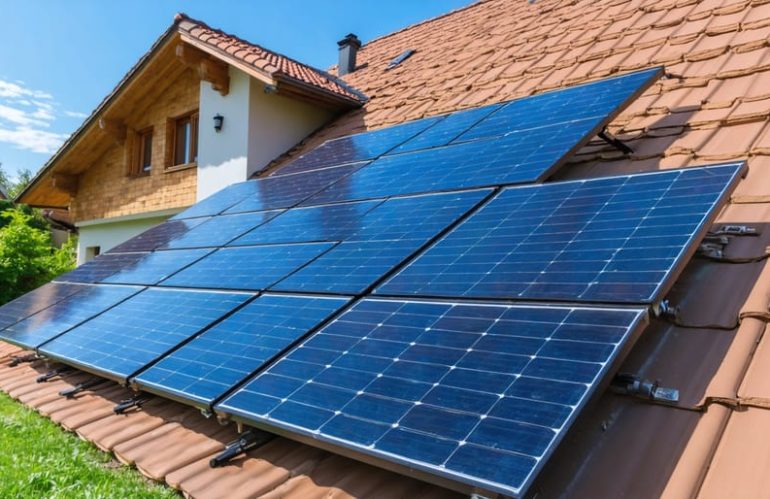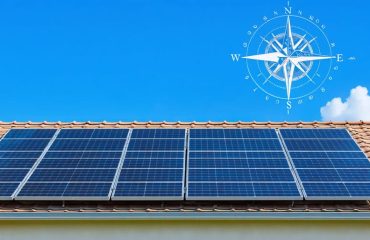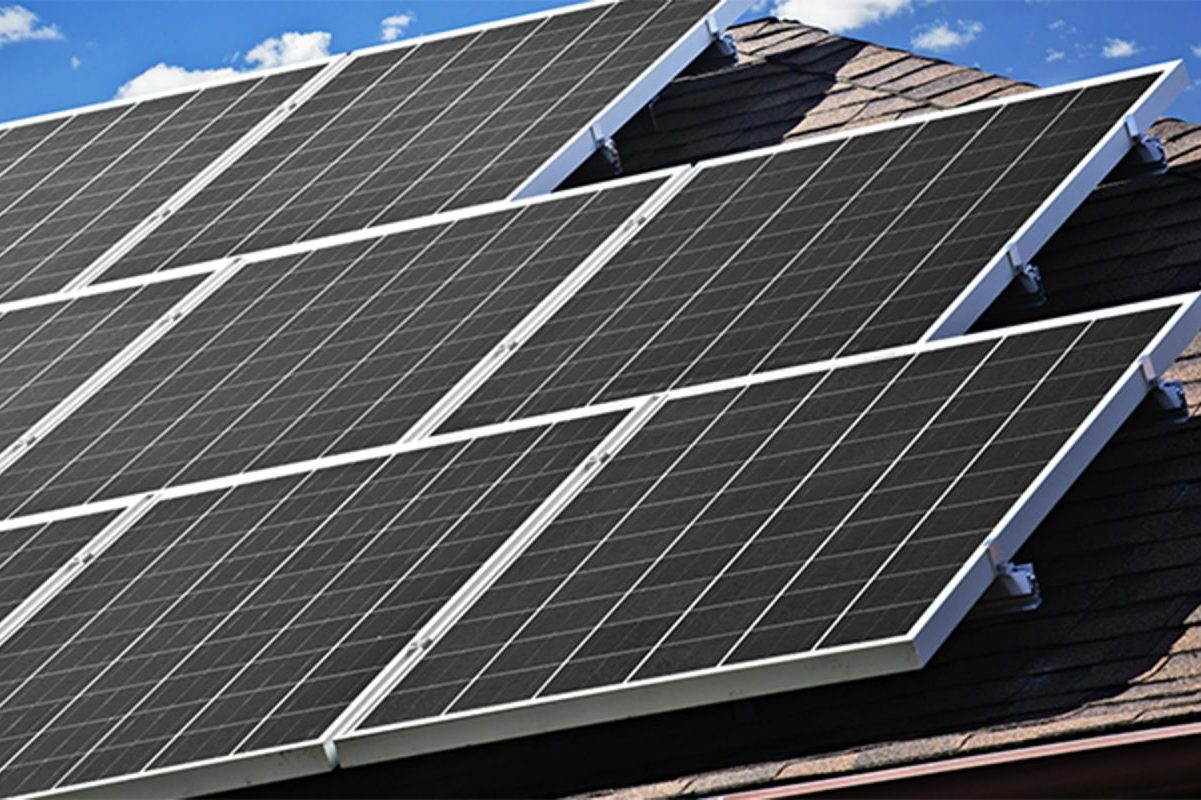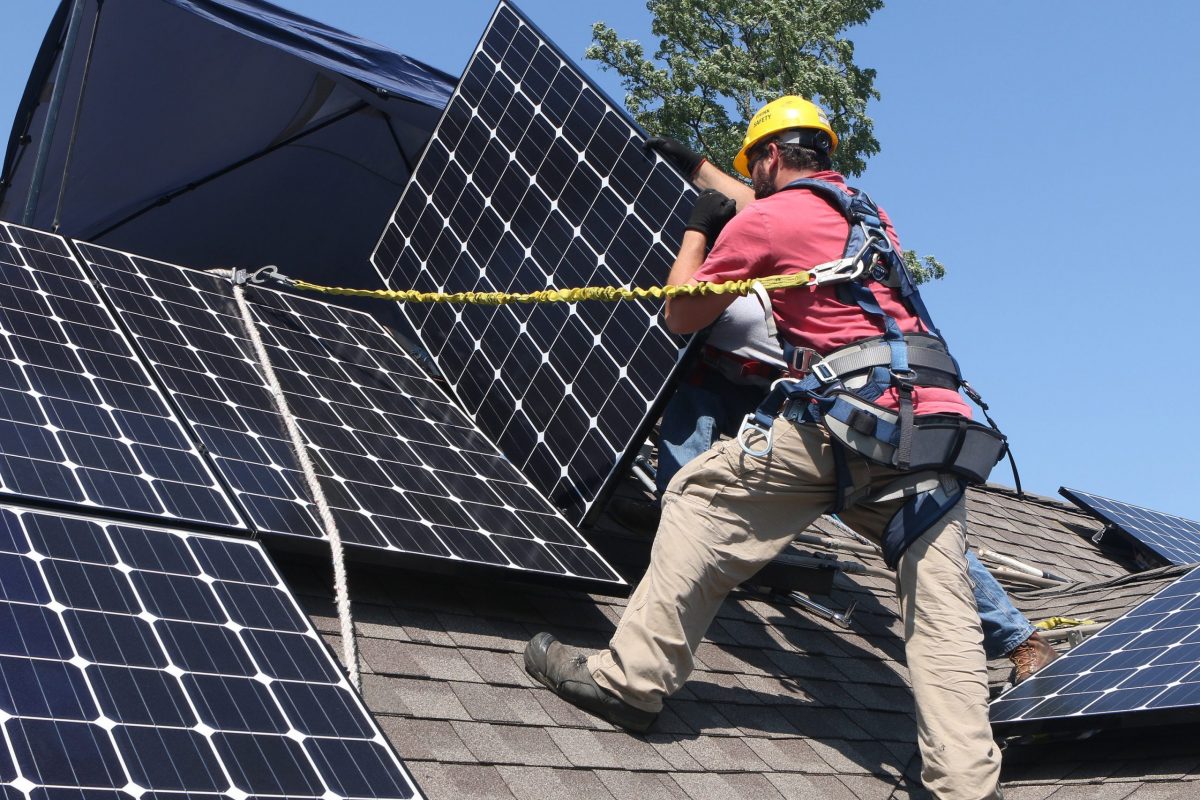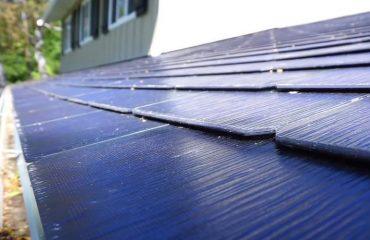Harness the power of parallel solar panel configurations to maximize your home’s energy production while maintaining consistent voltage levels. Connecting three solar panels in parallel creates a system that generates higher current output while keeping voltage steady – a perfect solution for homeowners looking to optimize their solar investment. Unlike series connections, parallel wiring allows each panel to operate independently, meaning if one panel’s performance drops due to shade or damage, the others continue working at full capacity. This smart configuration not only increases system reliability but also offers greater flexibility for future expansions, making it an ideal choice for growing energy needs. Whether you’re upgrading your existing setup or planning a new installation, understanding parallel solar configurations empowers you to make informed decisions about your home’s sustainable energy future.
Understanding Parallel Solar Panel Connections
How Parallel Connections Work
In a parallel connection, solar panels are wired so that all positive terminals connect to one line and all negative terminals to another, much like branches joining a main river. This configuration maintains the same voltage across all panels while combining their current output. Unlike compared to series connections, parallel wiring allows each panel to operate independently, which is particularly beneficial when dealing with partial shade or panel differences.
Think of parallel connections like multiple lanes on a highway – if one lane slows down, traffic can still flow freely in the others. Similarly, if one panel’s performance is reduced, the other panels continue working at full capacity. The current (measured in amps) from each panel combines, while the voltage stays constant at each panel’s rated level.
For three panels in parallel, you’ll get three times the current while maintaining the same voltage. This makes parallel configurations especially useful when you need to increase your system’s power output while working with equipment that requires a specific voltage level.
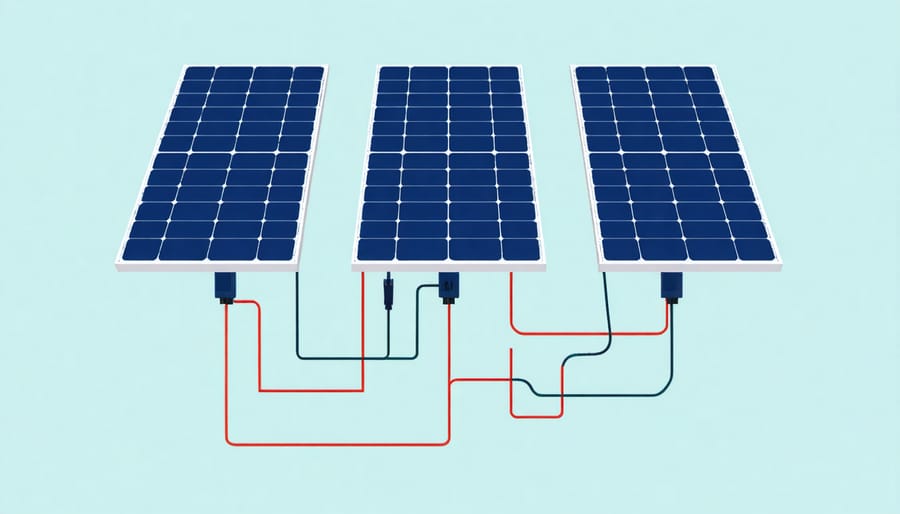
Voltage vs. Current in Parallel Systems
When you connect three solar panels in parallel, they maintain the same voltage while combining their current output. Think of it like adding three garden hoses to the same water source – the pressure (voltage) stays the same, but you get more water flow (current). Each panel continues to operate at its rated voltage, typically around 12V for residential panels, while their currents add together.
For example, if each panel produces 5 amps, connecting them in parallel will give you a total of 15 amps while maintaining the same 12V output. This arrangement is particularly beneficial for maintaining consistent power production even when one panel is partially shaded or dirty. If one panel’s performance drops, the others continue working at full capacity.
This configuration also offers more flexibility in battery charging, as the higher current helps charge batteries more quickly while keeping the voltage stable. For homeowners, this means more reliable power generation throughout the day and better overall system performance, especially during less-than-ideal weather conditions.
Benefits of Three-Panel Parallel Systems
Improved Shade Tolerance
One of the most significant advantages of connecting three solar panels in parallel is their improved performance during partial shading conditions. When shadows from trees, chimneys, or nearby structures fall on your solar array, panels wired in parallel continue to produce power independently. Unlike series connections where shade on one panel affects the entire string, parallel configurations allow unshaded panels to maintain their full output.
Think of it like three separate water pipes flowing into one larger pipe. If one pipe gets partially blocked, the other two continue flowing at full capacity. This same principle applies to your parallel-connected solar panels. When shade covers one panel, reducing its output to 50%, the other two panels continue operating at 100% efficiency.
This shade tolerance makes parallel connections particularly valuable for residential installations where partial shading is common throughout the day. Instead of experiencing a significant system-wide power drop, your solar array maintains higher overall energy production. This feature is especially beneficial during morning and evening hours when shadows are longer, helping you maximize your daily power generation and maintain consistent energy output despite less-than-ideal conditions.
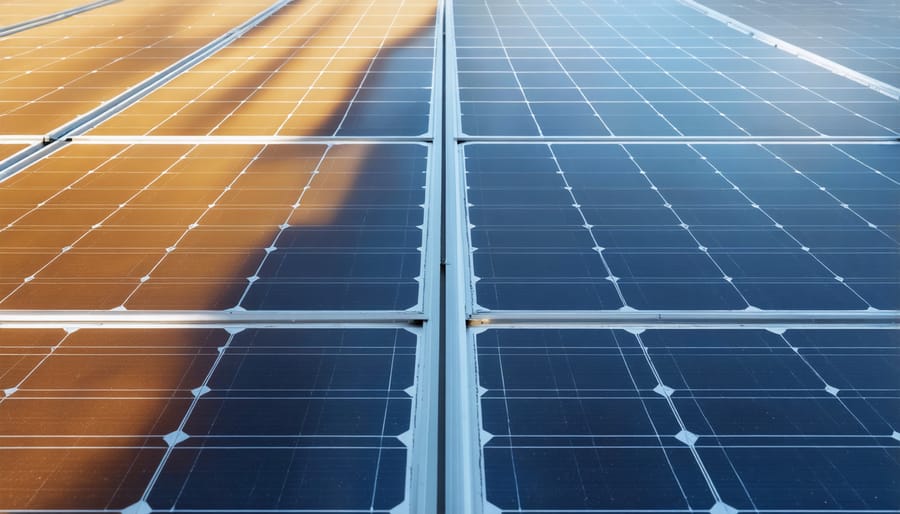
Enhanced System Reliability
One of the most compelling advantages of connecting three solar panels in parallel is the enhanced reliability it brings to your solar power system. If one panel experiences issues or requires maintenance, the other two continue functioning normally, ensuring your home maintains a steady power supply. This redundancy is particularly valuable during cloudy days or when panels need cleaning or repairs.
Think of it like having multiple backup plans for your home’s energy needs. When panels are wired in parallel, each one operates independently, meaning a problem with one panel won’t affect the performance of the others. This setup makes maintenance much more convenient since you can work on one panel while still generating power from the remaining two.
Regular maintenance also becomes more straightforward with a parallel configuration. You can clean, inspect, or replace individual panels without shutting down your entire system. This flexibility is especially beneficial during routine upkeep tasks like removing debris, checking connections, or updating components. For homeowners, this means less downtime and more consistent energy production throughout the year.
Additionally, the parallel configuration allows for easier system expansion in the future, should you decide to add more panels to meet growing energy needs.
Installation Best Practices
Wiring Requirements
When wiring three solar panels in parallel, selecting the right wire size and following proper installation techniques is crucial for safety and performance. Use copper wiring rated for outdoor use, with a minimum size of 10 AWG for most residential installations. Remember that parallel configurations maintain voltage while combining current, so your wiring must be able to handle the total amperage of all three panels.
Each panel requires both positive and negative connections to the combiner box. Use MC4 connectors that match your panel specifications, ensuring weatherproof connections that can withstand outdoor conditions. Install junction boxes near each panel to protect electrical connections, and use UV-resistant conduit to shield wires from sun exposure.
Include properly sized circuit breakers or fuses rated for DC current to protect against potential overload. The main cables running from your array to the charge controller should be sized to handle 1.25 times the total short-circuit current of your three panels combined.
Always maintain consistent wire lengths between panels to ensure balanced current flow. This helps prevent power losses and ensures each panel contributes equally to your system’s overall output.
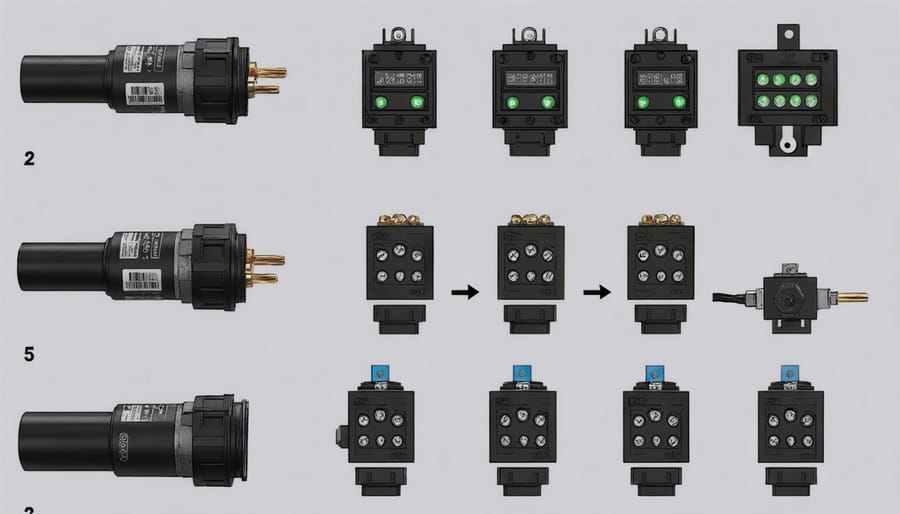
Safety Considerations
When working with solar panels in parallel, safety should always be your top priority. Start by ensuring you’re wearing appropriate protective gear, including insulated gloves and safety glasses. Before making any connections, verify that all panels are completely disconnected and covered to prevent electricity generation during installation.
Always check your wire ratings to ensure they can handle the combined current from three panels. Use properly rated MC4 connectors and ensure all connections are weatherproof and secure. Keep in mind that parallel configurations increase current, so your charge controller must be rated appropriately for the total amperage.
Avoid working during wet conditions or storms, and never attempt to modify solar panels if you’re unsure about electrical systems. It’s crucial to maintain proper polarity throughout your connections – mixing up positive and negative terminals can damage your equipment and create safety hazards.
Consider installing circuit breakers or fuses for each panel string to protect against potential short circuits. Keep your work area clear of metal tools and objects that could cause accidental shorts. If you’re new to solar installations, having a qualified electrician review your setup can provide peace of mind and ensure everything meets local safety codes.
Maintenance Tips
To keep your parallel solar panel system performing at its best, following regular maintenance procedures is essential. Start by inspecting your panels monthly for dust, leaves, or debris that might block sunlight. A gentle rinse with a garden hose in the early morning or evening is usually sufficient for cleaning. Pay special attention to the wiring connections between panels, checking for any signs of wear, corrosion, or loose connections.
Monitor your system’s output through your inverter display to catch any unexpected drops in performance. During winter months, ensure snow doesn’t accumulate on the panels, as this can affect the entire parallel circuit’s efficiency. Trim any overhanging branches that might cast shadows or drop debris onto your panels.
Consider scheduling a professional inspection annually to verify the integrity of your parallel connections and overall system health. Keep detailed records of your maintenance activities and system performance to help identify any developing issues early. Remember, a well-maintained parallel solar panel system will consistently deliver optimal power output and serve you reliably for decades.
Connecting three solar panels in parallel offers a reliable and efficient way to boost your home’s solar energy production while maintaining consistent voltage levels. Throughout this guide, we’ve explored how parallel configurations can increase current output, provide better performance in partial shade conditions, and offer greater system flexibility.
Remember that while parallel wiring may seem straightforward, proper installation is crucial for both safety and optimal performance. Working with high-voltage electrical systems requires expertise and precision. Even small mistakes in wiring or component selection can lead to reduced efficiency or potential safety hazards.
We strongly recommend working with certified solar installers who understand local regulations, have experience with parallel configurations, and can ensure your system meets all safety standards. Professional installers can also help you determine if a three-panel parallel setup is the best choice for your specific energy needs and roof configuration.
By investing in professional installation, you’ll have peace of mind knowing your solar panel system is operating at peak efficiency and will continue to deliver clean, renewable energy for years to come. The initial investment in professional installation typically pays for itself through optimal system performance and the prevention of costly mistakes or repairs down the line.
Take the next step toward energy independence by consulting with qualified solar professionals who can help you implement the parallel solar panel configuration that best suits your needs.

